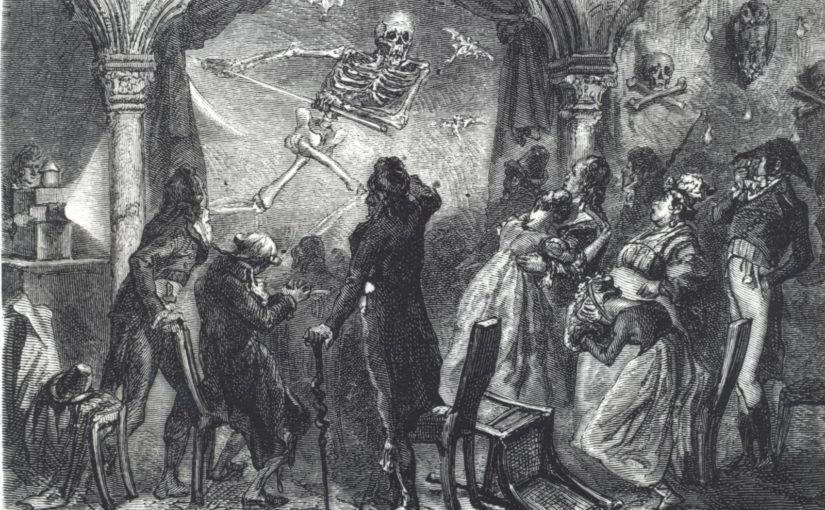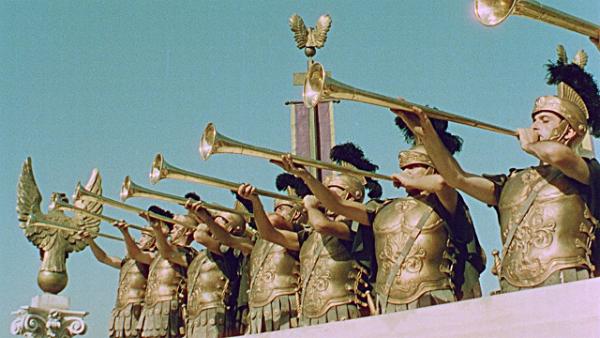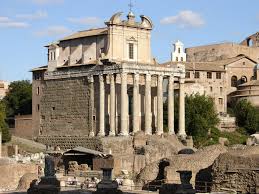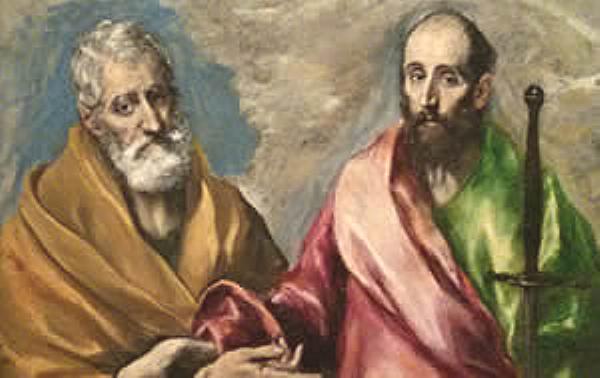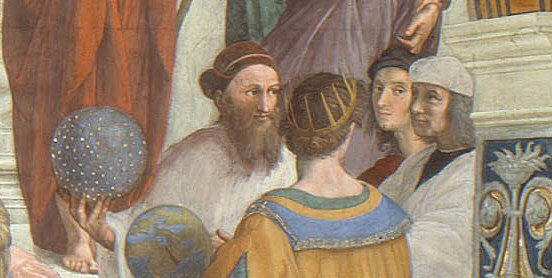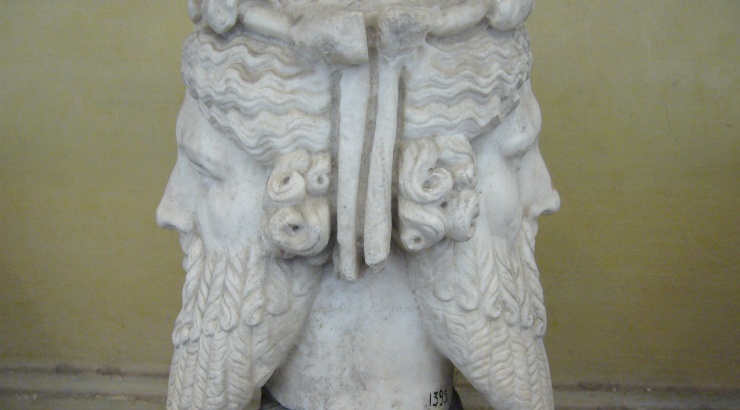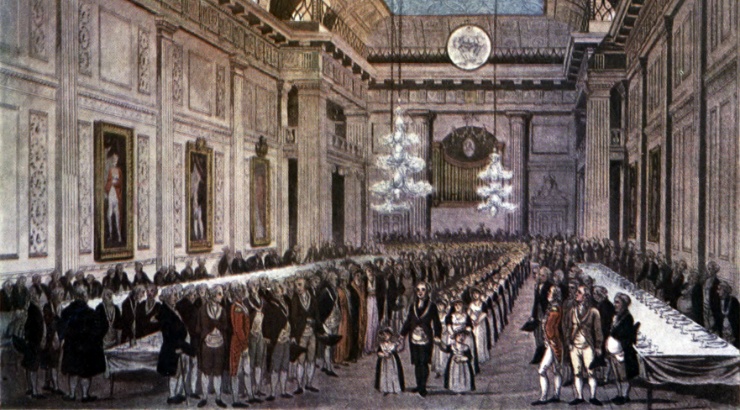The evoking the spirit of the dead was an activity that attracted the interest of people from all social classes in the 18th century, including Freemasons. At that time many of the Masonic lodges in existence were filled with bored aristocrats with a good majority of them in search of distraction and gratification.
Initially the lodges had only apprentices and companions. It was only in 1724 that a higher degree was introduced and it was one that was inspired by the legend of Hiram Habif, which in turn was based on the even older Egyptian myth of Iris and Osiris. Alchemy scholars of the time could not be anything other than enthusiastic that Hiram’s legend had been introduced in the Masonic ritual; death and resurrection related well to the processes of death, decomposition and sublimation which are considered essential passages for the base metal’s transmutation journey into (philosophical) gold.
Twenty years after the foundation of the Grand Lodge of England (24.6.1717) the Chevalier Andre’ Michel Ramsay (1686-1743) , an expatriate Scotsman who lived in Paris and was the Orator of the Lodge “Le Louis d’Argent” , made a famous speech whereby he affirmed that the 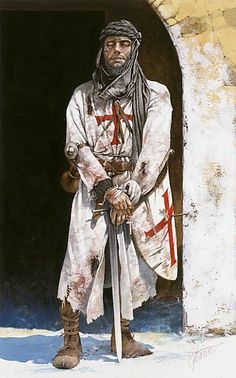 origin of the Masonic Order and of its secret doctrine were aristocratic. He stated that it were the Knights Templar– religious soldiers drawn from the noblest families in Europe – who had rediscovered the secret elements of the Masonic teaching during their stay in the Holy Land (the Orient) and had brought them back to France and Scotland.
origin of the Masonic Order and of its secret doctrine were aristocratic. He stated that it were the Knights Templar– religious soldiers drawn from the noblest families in Europe – who had rediscovered the secret elements of the Masonic teaching during their stay in the Holy Land (the Orient) and had brought them back to France and Scotland.

